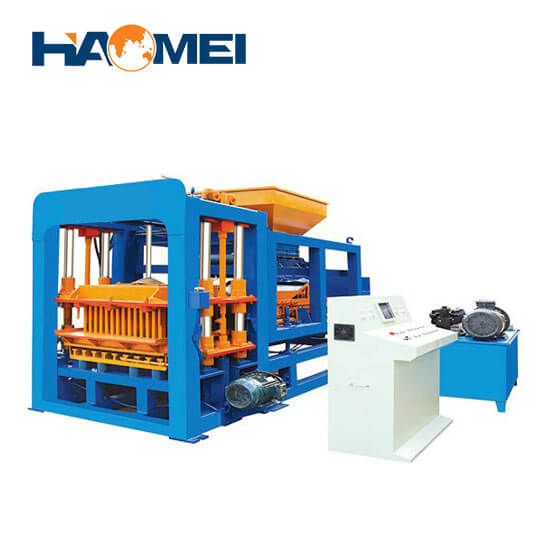The influence of the structure of the fully automatic unburned brick machine soil on unburned bricks

Soil structure refers to the spatial arrangement of soil material components (mainly referring to soil particles and pores), as well as the combination of connection characteristics between soil particles. It has an important influence on the physical and mechanical properties of soil.
The structure of soil that can be seen with the naked eye or a general magnifying glass is called macrostructure, such as soil bedding, cracks and large pores, etc. The structure of soil that can only be observed with an optical microscope or an electron microscope is called microstructure. Structure, according to the arrangement and connection of its pigment particles:
(1) Single grain structure. Single-grain structure is the structural characteristic of gravel soil and sandy soil. Its characteristic is that there is no connection between soil particles, or the connection is very weak, which can be ignored. According to the mutual arrangement of soil particles, the single-grain structure can be divided into loose and compact. Under the action of static load, especially under the action of vibration load, the loose single-grain structure will tend to be compact. The compactness of the single grain structure depends on the mineral composition, grain shape, uniformity and deposition conditions, etc. The sand composed of flake minerals is set to be loose, and the sand composed of round particles is denser than the sand composed of angular particles. The more uneven the soil particles, the tighter the structure.
(2) Honeycomb structure. Cellular structure is a structural feature of fine-grained soils. In the suspension, the powder particles (0.05-0.002mm) are generally single-particle precipitation. At the contact point of the particles, there is a certain molecular attraction, which prevents the particles from rolling between other precipitated particles, thus forming a tiny particle. Arch, this structure is called honeycomb structure, with large pores, it makes the soil have cell porosity, cohesion and elasticity, these properties are closely related to the strength and deformation of the soil.
(3) Flocculation structure. The flocculation structure is composed of clay particles and colloidal particles with a particle size of less than 0.002mm, and is formed by flaky and needle-shaped clay minerals.
During the formation of the soil structure, and after the formation, when the external conditions change (load, humidity, temperature or medium), the soil structure will change.
When the soil loses water and shrinks, the connection between soil particles will be strengthened. Under the action of external force (pressure or shear force), the flocculent structure of the soil tends to be a directional structure arranged in parallel,
The strength and compressibility of the soil will change accordingly.
Prev: Physical and chemical properties of unburned brick machine soil
Next: How about the forming density of iron fine powder briquetting machine?